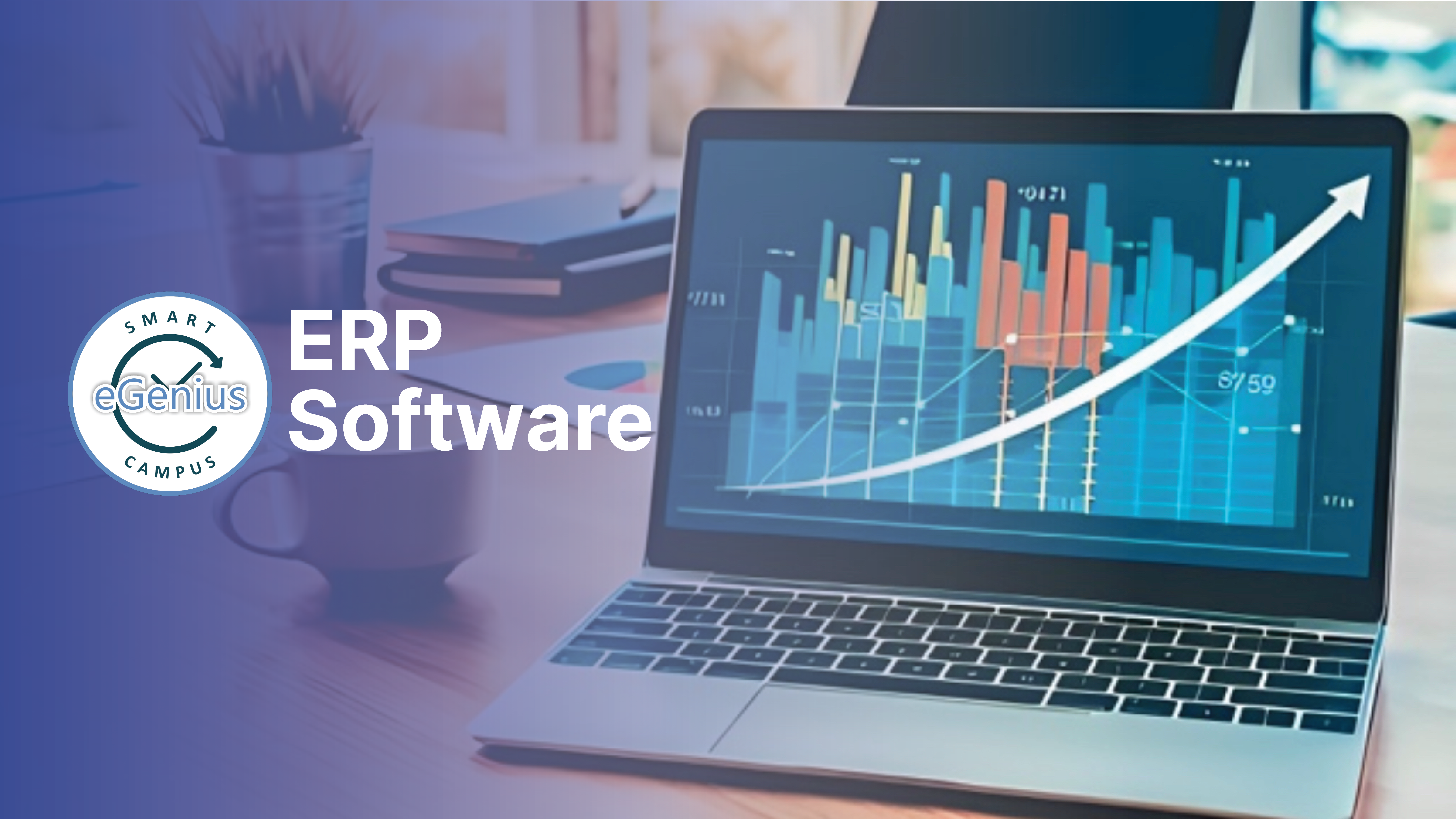Investing in ERP software streamlines administrative processes, boosts communication, and enhances efficiency for small institutions. Despite the initial cost, the long-term benefits, such as optimized resource utilization and a more organized academic environment, make it a valuable investment for competitiveness and improved experiences.
Once upon a time, in the bustling world of small institutions, myriad challenges seemed like towering mountains. Shifting from cumbersome spreadsheets and paperwork, the pursuit of efficiency in managing financial records becomes smoother and more time-effective. Amidst this chaotic landscape, a beacon of hope emerged: The Campus Management System. But as with any tale of innovation, the question loomed—was this beacon worth the voyage for smaller institutions?
The Tale of Two Realms: Before and After ERP
In the realm before the Campus Management System, small institutions were like quaint villages, each managing their resources in isolation with methods as varied as sunset colours. Financial ledgers were kept in thick books, inventory was a guessing game, and customer data resided in the minds of the salespeople or scattered notes. The village elders, or in our case, institution managers, spent days and nights pondering over reports, trying to make sense of the chaos.
Then came the advent of ERP software, a magical tool designed to unify these disparate processes into a single, streamlined flow of information. Imagine a grand library where every book is meticulously organized and magically updates itself in real-time. That’s the transformation ERP brought to small institutions.
Embarking on the Quest: The Investment Decision
For small institutions, adopting ERP software is akin to embarking on a quest.
It requires both financial input and a dedicated willingness to adopt new strategies, forsaking outdated methods for a cohesive approach.. Initial costs can be intimidating, with stories of expensive setups and consultants demanding hefty fees for their services. Yet, the promise of a more efficient, organized, and productive future beckons.
The Magic of Integration: Unveiling ERP’s Software Power
Once integrated, the Campus Management System works like magic. They weave together all the strands of an institution’s operations—finance, human resources, sales, inventory, and customer relations. Into a single tapestry that’s both beautiful and functional. Information flows seamlessly from one department to another, eliminating the need for manual data entry.
For a small institution, decisions can be made with the precision of a skilled archer. Inventory aligns with sales forecasts, financial reports magically appear, and customer information is instantly accessible with a touch.
The Chronicles of Success: Real-life Tales
Tales of success from small institutions that have embraced School Management Systems abound across the land. Story of a small manufacturing company that reduced its inventory by 30% within the first year of implementing ERP software. Another tale tells of a service firm that halved its monthly closing time, allowing leaders to make strategic decisions based on the most current data.
The Verdict: Is the Quest Worth It?
As our tale draws close, the question remains: Is ERP software worth the investment for small institutions? Like the outcome of any great quest, the answer depends on the chosen path. ERP software offers possibilities for those willing to embark on the journey to invest in technology and transform their processes and culture. It’s a chance to survive and thrive in the competitive landscape and to turn the chaos of daily operations into a harmonious symphony.
Ultimately, ERP software is not just an investment in software; it’s an investment in the future. And for small institutions dreaming of bigger horizons, it may be the magic they need to turn those dreams into reality.
So, dear reader, as you stand at the crossroads, consider not the cost but the value ERP software brings. For in the heart of every small institution lies the potential for greatness, waiting for the right moment to emerge. And perhaps, with ERP, that moment has finally arrived.
At eGenius, we have helped over 300+ institutions simplify their administrative tasks and improve the quality of education with our software system. Our software offers robust data analytics capabilities, enabling institutions to gain insights into student performance and make informed decisions to enhance educational outcomes.
Schedule a Free Demo with us Today!














